
views
Baiting the Trap
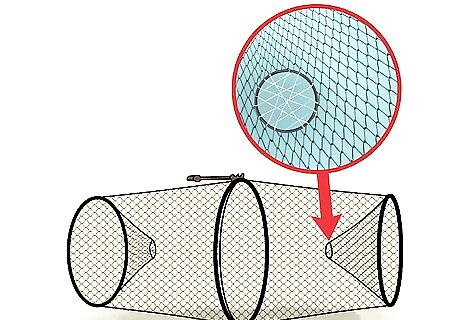
Close one end of the trap. Many commercial traps come in a torpedo shape. These traps have funnel openings at each end. You can modify the trap by using pliers or string or plastic ties to close one end so there’s only one entrance and exit for the minnows and their bait.
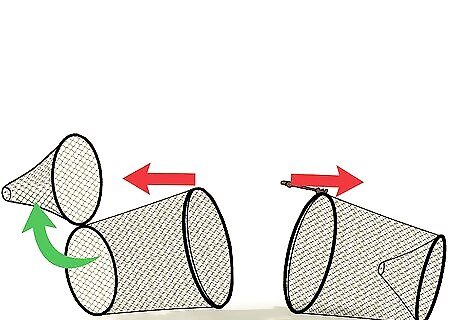
Open the trap. Your trap will likely have a door you can slide open or a latch that hooks together two sides of the trap. Undo the latch and separate the halves for easy access while placing bait and attractants.
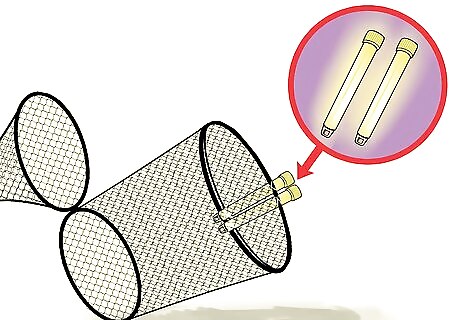
Add a glow stick. Light is attractive to fish and can be used to bring more minnows to your trap. Use plastic ties or a length of string to suspend the glowstick from the inside of the trap. Be sure to knot the string around the cage and the glow stick to keep it in place. Suspend the glow stick over your bait. Many commercial traps now come in a silver color. These help attract minnows, making the glow stick all the more optional.
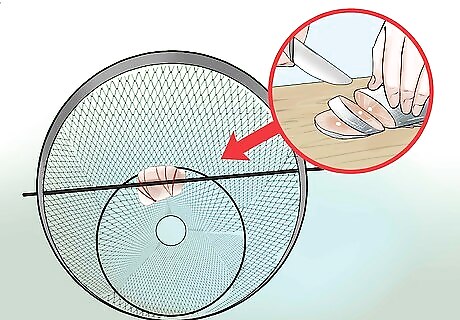
Place food in the trap. Various household items serve as good bait for minnows. Peanut butter, bread, crackers, live insects, and cat and dog food are all examples of cheap bait that spread from the trap. The food can be stuffed through one of the funnel ends, laid in the trap, or wrapped in a porous material first such as pantyhose or cheese cloth so it doesn’t float away. A can of tuna with holes poked in it works too and can be used a couple of times. If you are going to position your trap in a current, you can pack the outside of the funnel end you closed with a bait such as cat food. The minnows will come upstream when they smell the food and swim into the trap’s open end.
Setting the Trap
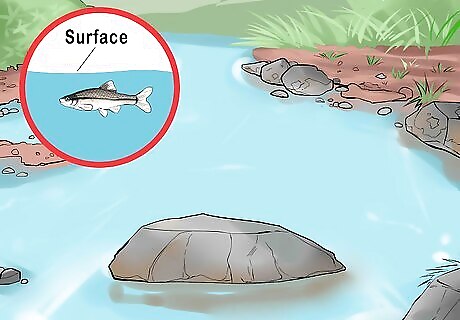
Find clear, shallow water. Remember that minnows live near the surface. They congregate near the shore under debris such as rocks and tree roots and feed during the day. Search your fishing area for minnows swimming in shallow streams or other areas where you’ll be able to leave your trap for a couple of hours at the very least. Choosing an area with a current can help since minnows downstream will smell the bait, but minnow trapping can be done in still water.
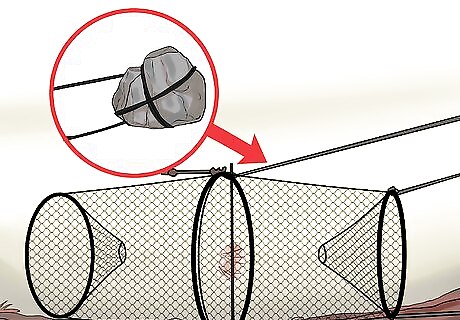
Tie the trap. Attach several feet of string to the trap, long enough so that you can secure the trap while it is submerged. Knot the rope or string around an object such as a dock, a rock, or a wooden stake. Later on, you’ll be able to pull up the trap without having to wade in after it. Choose inconspicuous black wire so no one finds and steals your catch. Rocks can also be placed inside the trap to help weigh it down.
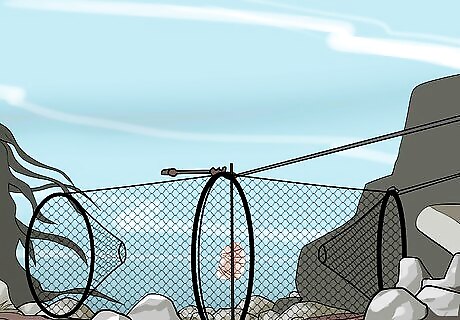
Place the trap near debris. In still water, it’s necessary to orient the trap to where the minnows live. Once you’ve found debris, move the trap as close as you can to the shaded area. Point the open end towards the shore, rocks, and tree roots. When the minnows smell the bait, they’ll go into the trap. Traps in a current also benefit from being near the shore.
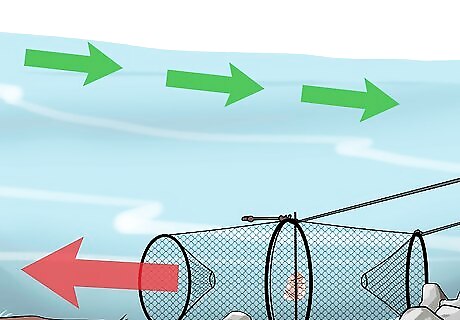
Orient the trap to the current. If your location has a current, face the open end of the trap downstream instead of to the shore. Whether you have spread your bait on the outside or placed it in the cage, the current will carry the smell away, causing the minnows to swim towards the inside of the trap.
Catching the Minnows

Leave the trap for several hours. Often you’ll see minnows going into your trap right away. Come back in several hours though when the bait has gone and the trap has filled. When using more protected bait such as tuna in a can, you can come back in a day or two since the minnows won’t be able to eat it.
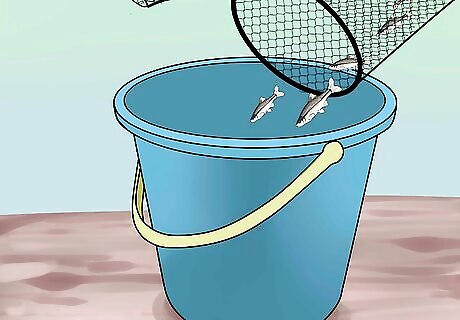
Empty the trap into a bucket of water. Now that you have minnows in your trap, bring the trap back to the shore. Open the trap. Dump the minnows in a bucket of water, making sure you keep the water aerated if you plan on keeping them there for longer amounts of time.
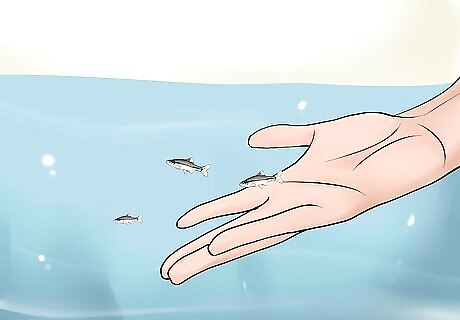
Release baby minnows. Consider releasing young, small minnows along with any other minnows you don’t plan on using. Keep the minnow population sustainable so that not only others fishing can catch minnows, but other fish have minnows to eat. Live fish should only be released where you caught them. Moving fish impacts ecosystems by depleting fish populations and introducing invasive species.
















Comments
0 comment